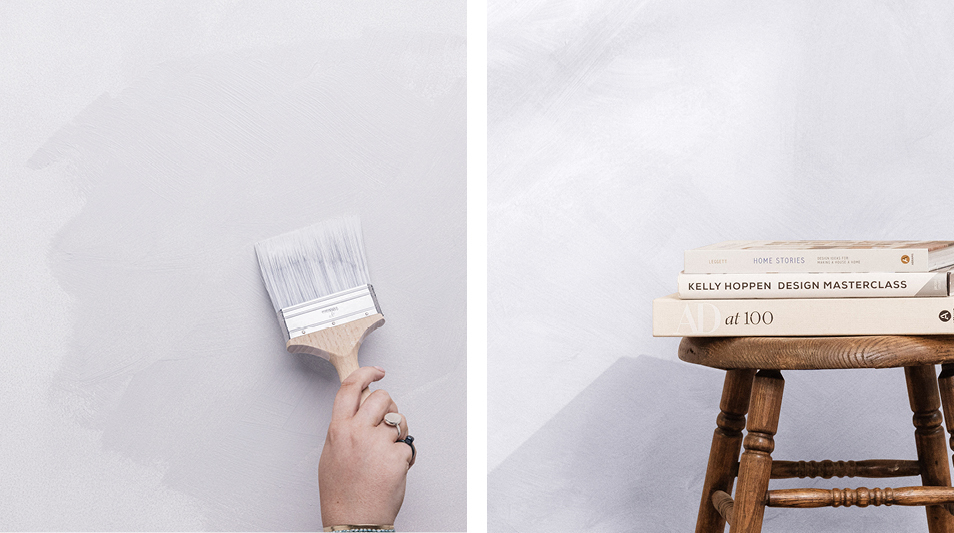
Do I need to use a Limewash Primer?
When using our Limewash Effect Wall Paint, it’s important to know if a primer or undercoat is required for an effortlessly flawless finish. Read on and find out which Limewash Effect Undercoat is needed for the job, so you can transform your interiors with a textured, three-dimensional finish in no time.
What is Limewash Effect Undercoat?
Rust-Oleum Limewash Effect Undercoat is a quick-drying undercoat for interior walls, to be used prior to decorating with our Limewash Effect Wall Paint. We recommend using our undercoat to improve the depth of colour and coverage of bare plaster, or previously painted walls undergoing a major colour transition e.g. light beige to dark navy or vice versa.
The best undercoat for
DARK LIMEWASH EFFECT PAINT COLOURS
We recommend using Limewash Effect Undercoat in Dark when painting on light coloured walls or bare plaster, to achieve a dark colour of our Limewash Effect Wall Paint more quickly.
The best undercoat for
LIGHT LIMEWASH EFFECT PAINT COLOURS
If you’re painting bare plaster or painting over a dark surface with a lighter colour, we would recommend using Limewash Effect Undercoat in Light, before full application of the Limewash Effect Wall Paint.
Do you need to prime if you’re painting a light colour over a white wall?
No. The Limewash Effect Wall Paint is suitable for direct application without an undercoat in this circumstance.
Once you’ve applied your primer, if necessary, allow to dry and apply the first coat of interior Limewash Effect Wall Paint with a roller from our Large Ready to Roll Kit, as you would a standard wall paint. Wait the four hour overcoat time then all you have to do is create the textured effect! Apply the second coat with criss-crossing brushstrokes using our bespoke 4" Brush to achieve a luxurious limewash look.
Ready to get started? Check out our handy guide on How to apply a limewash effect, or try our Complete Limewash Bundle for everything you need.





